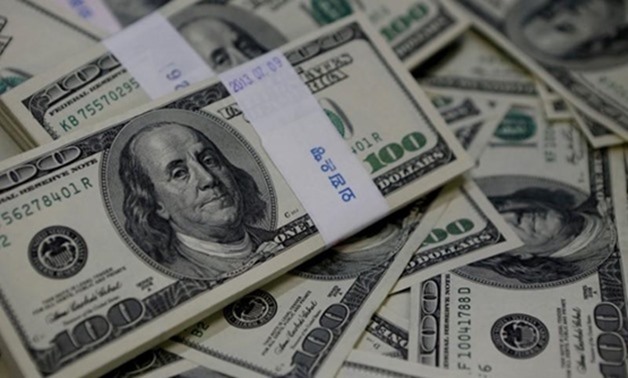
An image showing one-hundred U.S. dollar bills, August 2, 2013 – REUTERS/Kim Hong-Ji/Illustration
LONDON - 16 July 2018: The dollar edged down on Monday, having notched up its biggest weekly gain in a month last week as investors raised their long bets to the highest level since early 2017, although concerns the economic rebound may be fading has prompted caution about the outlook.
Against a basket of its rivals, the greenback fell 0.2 percent to 94.60 after rising 0.7 percent last week, its biggest weekly rise since mid-June.
“Currency markets are treading water but with recent European economic data turning higher, we believe there is more upside to euro/dollar from current levels,” said Alvin Tan, a currency strategist at Societe Generale in London who expects the single currency to strengthen to $1.22 by end-2018.
In early London trading on Monday, the euro edged 0.1 percent higher to $1.1698 after weakening half a percent last week.
Latest positioning data, however, continued to signal a bullish outlook for the greenback, with net long positions in the dollar registering another increase prompting net long bets to reach their highest levels since early 2017.
A strong rebound in U.S. economic data in the second quarter and the threat of trade protectionism has fueled a near 6 percent rise in the greenback over the last three months but concerns the economic rebound may be fading is prompting some investors to grow cautious about the dollar’s outlook.
“This unexpected U.S. exceptionalism had been one major obstacle for broader 2018 expectations of modest broad dollar index,” JP Morgan strategists said in a note.
The risk of a further escalation in trade conflict and a softness in Chinese data has kept the dollar supported with investors whittling down their positions in Asian currencies in favour of the euro and the Swiss franc.
China’s economy expanded at a slower pace in the second quarter as Beijing’s efforts to contain debt hurt activity, while June factory output growth weakened to a two-year low in a worrying sign for investment and exporters as a trade war with the United States intensified.
The Australian dollar edged 0.2 percent higher at 0.7433 cents per dollar. Volumes were lower as Japanese markets were out on a holiday.
In terms of economic data, U.S. Federal Reserve Chairman Jerome Powell’s semi-annual testimony on the economy and monetary policy before the Senate Banking Committee on Tuesday will be keenly watched by investors.
Comments
Leave a Comment